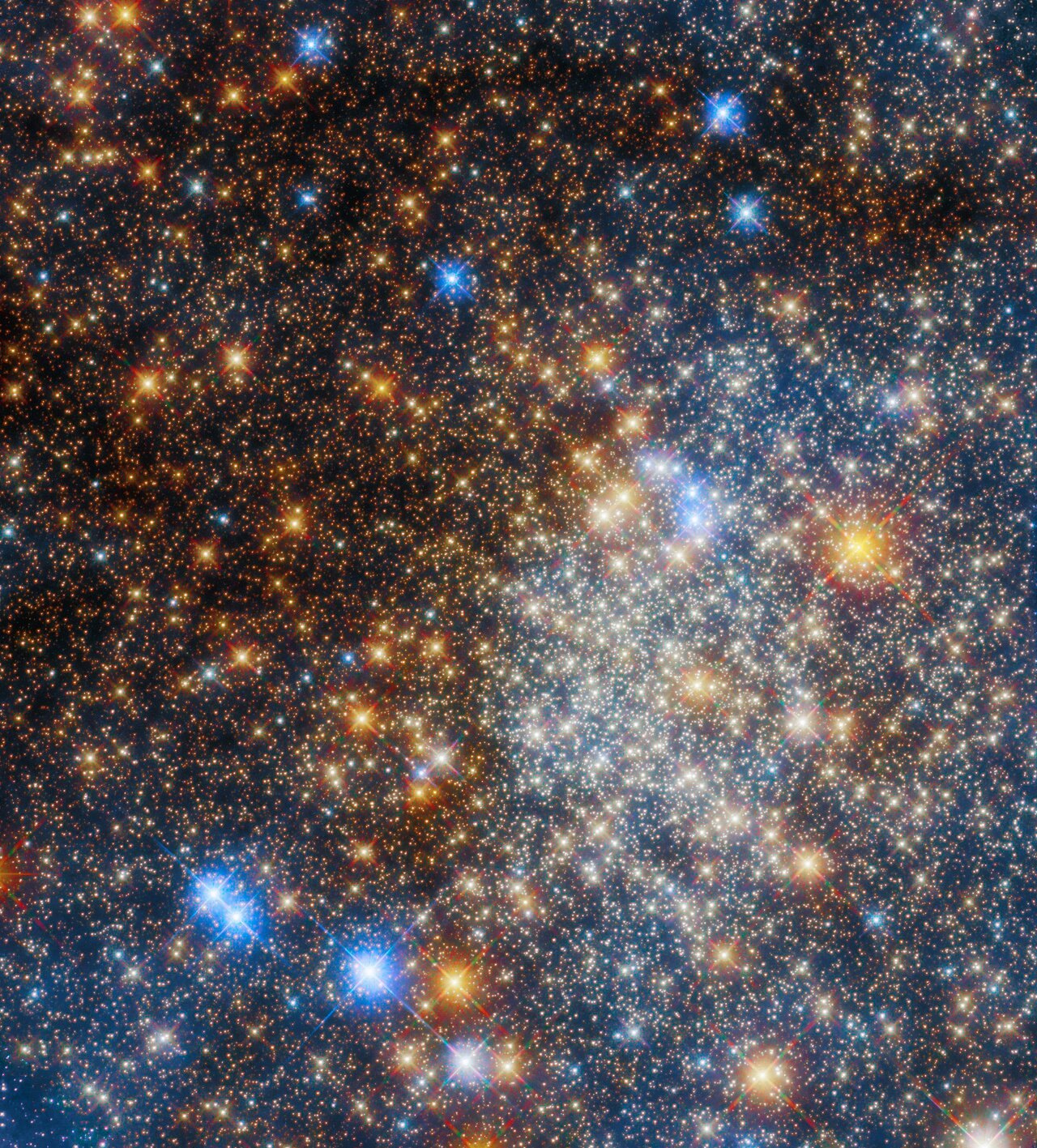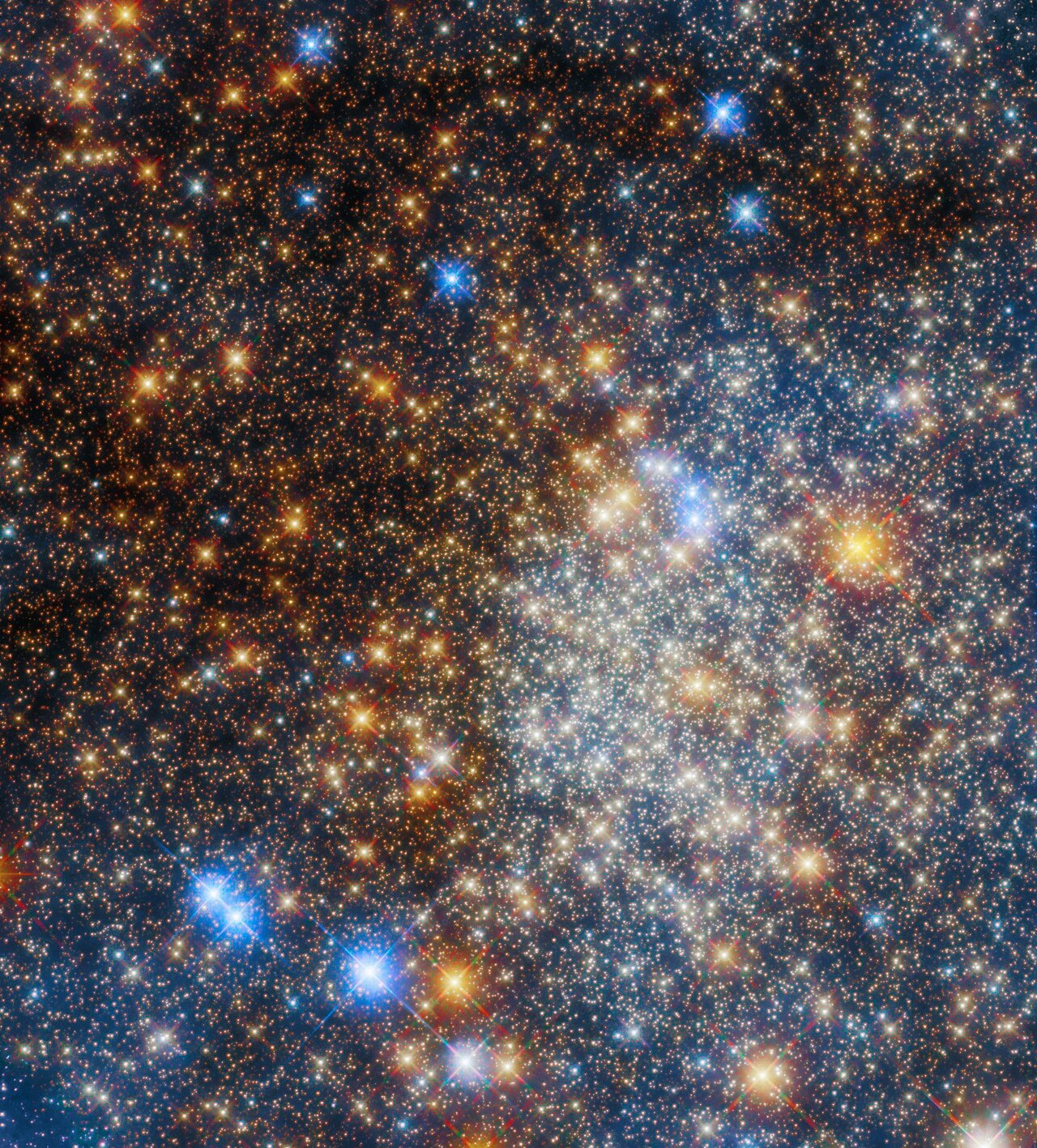
In a new image from the Hubble Space Telescope, hundreds of thousands of stars huddle together like a school of fish.
Like the ocean, space is murky. Taking this image wasn’t easy. But astronomers were motivated. Densely-packed stars create globular clusters, and the Milky Way is home to 150 or so known globular clusters. Most of the best-studied ones are found in the galaxy’s halo. But some, like the cluster that glitters in the new image published by the European Space Agency (ESA) and NASA on Thursday, are nestled deep within the galaxy’s bulge.
NASA used a more terrestrial analogy to describe the dilemma. “For astronomers, space can be so cluttered that sometimes you can't see the forest for the trees,” space agency officials wrote.

Why does Terzan 12 matter?
A team used Hubble’s “razor-sharp vision” to peer into the depths of the Milky Way’s heart.
This globular cluster, called Terzan 12, is named for its discoverer, the Turkish-Armenian astronomer Agop Terzan. Astronomers sought data about Terzan 12 to gain a more complete census of our galaxy’s globular clusters. The ancient stars that live inside globular clusters like Terzan 12 are, according to NASA, “the oldest inhabitants of our Milky Way.”
Hubble’s Advanced Camera for Surveys and Wide-Field Camera 3 were able see Terzan 12’s myriad of stars, a difficult proposition. “The locations of these globular clusters — deep in the Milky Way galaxy — mean that they are shrouded in gas and dust, which can block or alter the wavelengths of starlight emanating from the clusters,” ESA officials wrote. But the instruments’ latest observations sidestepped these limitations, revealing an enchanting scene 15,000 light-years away in the constellation Sagittarius.
What does the image reveal?
The small specks scattered throughout the image, of roughly the same size, are the most authentic representation of Terzan 12 within the new image. The larger, brighter, and more colorful stars tell a different story.
The big stars with refraction spikes are stars located closer to Earth, but which aren’t necessarily part of the cluster. The reddish stars are those where grains of dust sit along Hubble’s line of vision, and scatter the starlight a bit like twilight on Earth warps the color of the Sun into warmer tones. The most vibrant bluish stars are also interlopers. “The very brightest hot, blue stars are also along the line of sight and not inside the cluster, which only contains aging stars,” ESA officials wrote.
Hubble orbits just a few hundred miles above Earth’s surface. But thanks to sensitive instruments, it can visually sail much further away.







